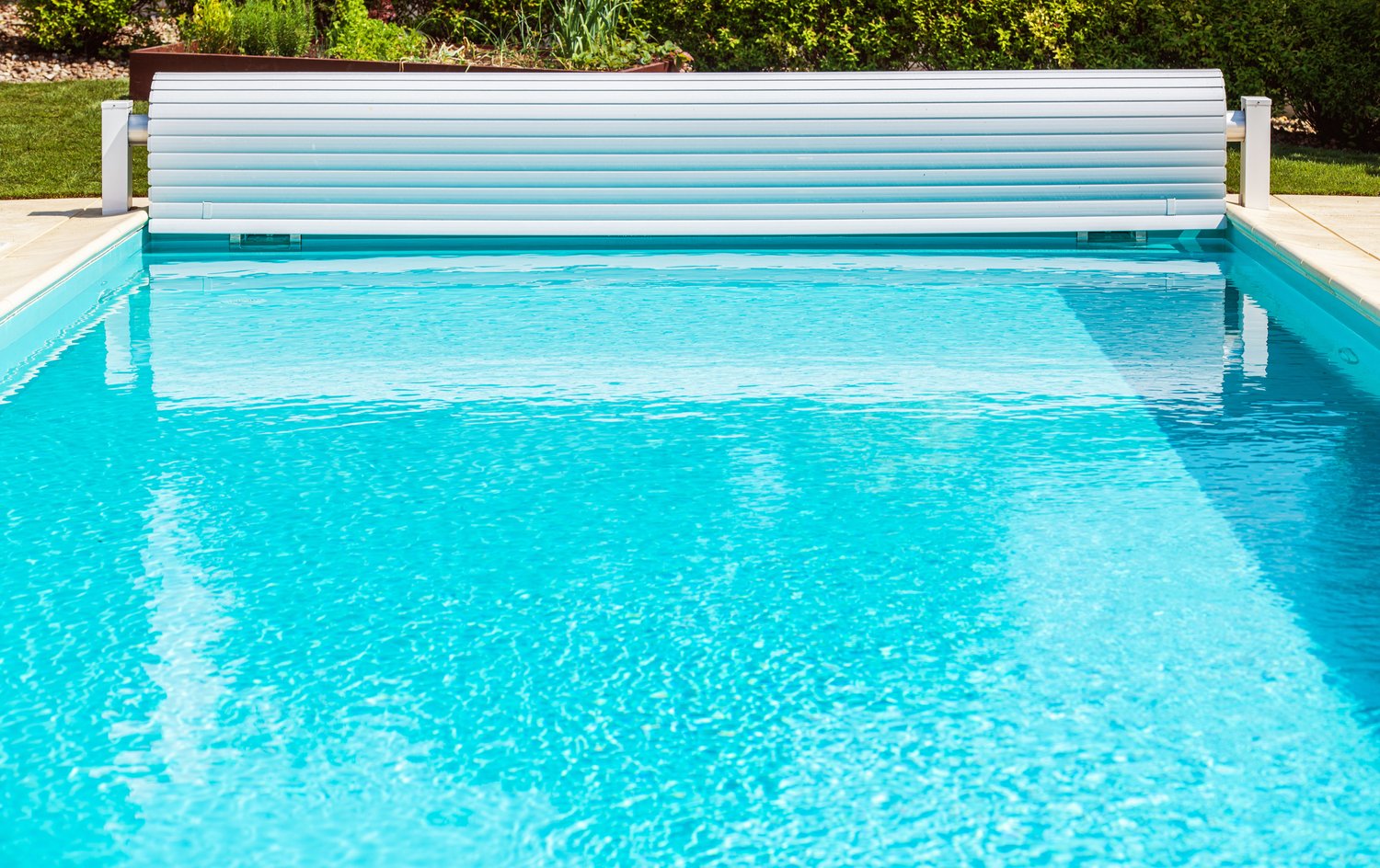If you’ve been considering a change to your pool system, converting from traditional chlorine to a saltwater system may have crossed your mind. Many pool owners make this switch to enjoy gentler water, potentially reduced maintenance, and a different swimming experience. This comprehensive guide will walk you through the benefits of saltwater systems, the maintenance differences compared to traditional chlorine pools, the conversion process, and the costs you can expect when making this transition.
Understanding Saltwater Pool Systems
Contrary to popular belief, saltwater pools still use chlorine for sanitization. The key difference is how that chlorine is produced. Rather than manually adding chlorine tablets or liquid, a saltwater pool uses a salt chlorine generator (SCG) that converts dissolved salt (sodium chloride) into chlorine through a process called electrolysis. The salinity levels in these pools are much lower than ocean water—about one-tenth the concentration—meaning it’s more like swimming in slightly brackish water than the ocean.
When comparing chlorine vs saltwater pool systems, it’s important to understand that both ultimately use chlorine as the sanitizing agent. The saltwater approach simply creates a steady, low level of chlorine automatically rather than requiring manual addition of chemicals. This continuous generation helps avoid the harsh “chlorine spikes” that can occur in traditionally chlorinated pools.
Benefits of Saltwater System Conversion
The benefits of saltwater system installations extend beyond just the chemical differences. Many swimmers report that saltwater pools feel softer on the skin and are less irritating to eyes. The gentler nature of saltwater pools makes them particularly appealing for people with sensitive skin or those who swim frequently.
Another advantage is the reduced chemical handling. With a saltwater system, you’ll add salt to your pool a few times per season rather than regularly handling and storing potentially dangerous chlorine chemicals. This makes saltwater pool maintenance somewhat simpler from a chemical management perspective.
The water in saltwater pools also tends to feel silkier and more natural. Many pool owners describe the water quality as superior, with less of the chemical smell associated with traditional chlorine pools. This can make for a more pleasant swimming experience overall, especially during hot summer months when pool usage is at its peak.
Saltwater Pool Maintenance Requirements
While saltwater pool maintenance does differ from traditional chlorine pool care, it’s not necessarily less work—just different work. You’ll still need to monitor and balance your water chemistry regularly, checking pH, alkalinity, and calcium hardness levels. Additionally, you’ll need to monitor salt levels to ensure your generator functions properly.
Saltwater systems also require specific maintenance of the salt cell itself. These cells typically need cleaning every three to six months to remove calcium buildup and ensure efficient operation. This cleaning process involves removing the cell and either soaking it in a cleaning solution or using a specialized cleaning tool, depending on the manufacturer’s recommendations.
Unlike traditional chlorine pools, where you might shut down the chemical system entirely during winter months, salt cells often need to be removed and stored for the off-season in colder climates to prevent damage. This represents an additional maintenance step that traditional pool owners may not be accustomed to performing.
The Conversion Process and Costs
The process to convert pool to saltwater typically involves installing the salt chlorine generator, balancing your water chemistry, and adding the initial salt. This conversion can be completed in a day or two by experienced professionals, whom you can find through platforms like AskHomey, which connects homeowners with qualified pool service providers.
When budgeting for your conversion, the convert pool to saltwater cost includes several components. The salt chlorine generator itself typically costs between $500-$2,000 depending on the size of your pool and the quality of the system. Professional installation may add $300-$500 to this amount. Additionally, you’ll need to purchase the initial salt, which costs around $10-$25 per 40-pound bag. Most residential pools require 400-800 pounds of salt for the initial setup.
Beyond these upfront expenses, consider the ongoing costs as well. Salt cells typically need replacement every 3-7 years, costing $200-$800 depending on the model. Your electricity bill may increase slightly due to the power needs of the salt chlorinator. However, you’ll save on regular chlorine purchases, which can partially offset these costs.
Potential Drawbacks to Consider
Before committing to a saltwater pool conversion, consider some potential downsides. Salt can be corrosive to certain pool materials, fixtures, and surrounding landscaping if not properly managed. Older pools with certain metal components or specific types of stone decking may not be ideal candidates for conversion.
The salt chlorine generator represents an additional mechanical system that can potentially fail or require repairs. When issues occur with the generator, you may need to temporarily revert to traditional chlorination methods until repairs can be completed.
Finally, saltwater pool conversion pros cons should include consideration of your local climate. In very cold regions, special winterizing procedures are necessary to protect the salt cell from damage, adding complexity to seasonal maintenance routines.
For more tips and to connect with reliable home service professionals, follow AskHomey on Facebook and Instagram.



